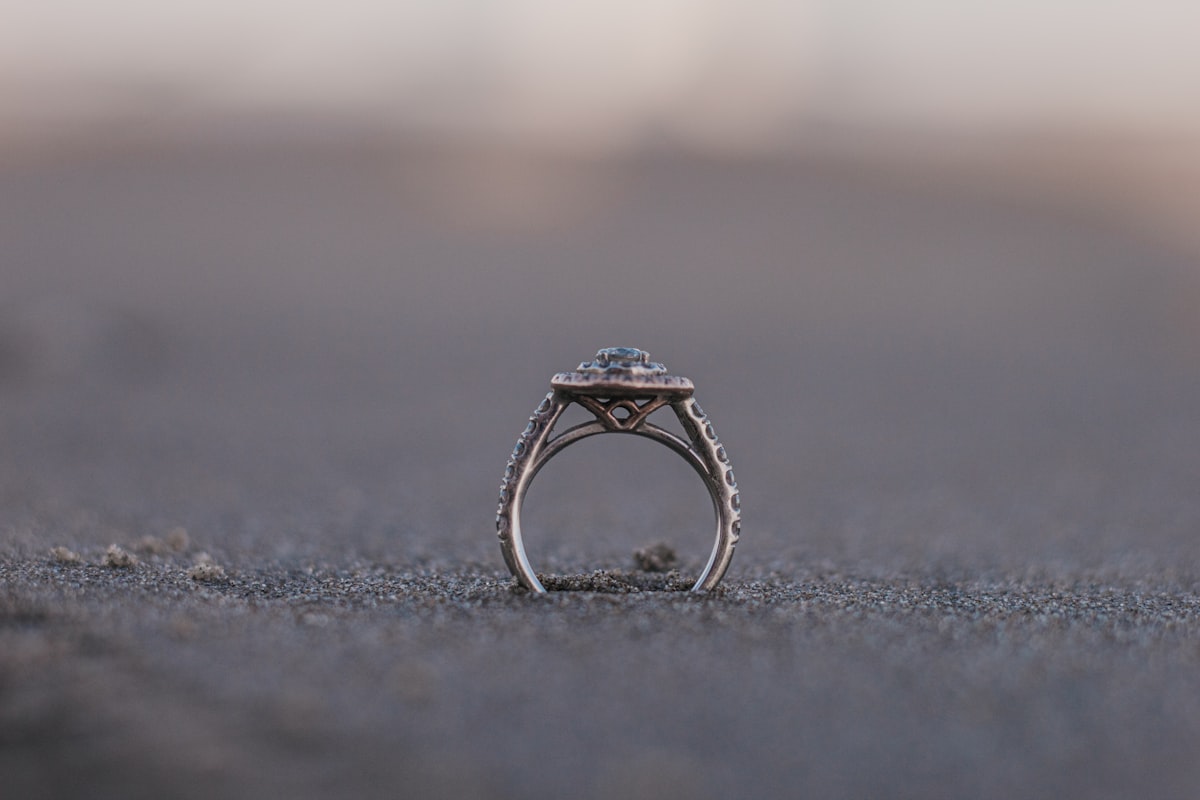These are the most effective methods how to polish silver at home
With no reason for a party, the family silverware has turned black and tarnished. And the jewelry - earrings and chains - is also languishing in the jewelry box. Find out how to make silver shine again.

There was no reason for a party, and the family silverware turned black and tarnished. Even jewelry - earrings and chains - have become sad in the jewelry box. How can silver regain its shine?
Keep it as you will - silver does tarnish
Silver tarnishes, even in a tightly sealed bag. Silver jewelry also tarnishes in contact with skin, sweat, and the atmosphere. Jewelry is also often damaged by hairspray or perfume. Silver is an active metal that reacts and oxidizes chemically when it comes into contact with the place where it is, the air and the body - it turns black.
But if jewelry, cutlery, and crockery are cared for regularly and patiently, they will shine brightly. It is no coincidence that in films you can see how in the homes of aristocrats when the servants have nothing to do, they take silverware in their hands and dust it off. With regular cleaning, the silver does not tarnish. The only thing is to be careful not to scratch the glossy surfaces of larger objects.
Different methods
Silverware can be cleaned both mechanically and chemically. If you don't want to do it yourself, you can give it to a craftsman who already uses other, more potent products. In the workshop, the silver can be heated a little, pickled in acid, and then polished. Chains and chains are mechanically polished by the ball-polishing method. Magnetic and electropolishing are also used.
The most realistic way to clean silver at home is with citric acid. The jewelry is placed in warm water in which the citric acid has been dissolved. Then rinse and polish with a soft cloth. Mechanical cleaning is considered a more effective method. The silverware shall first be washed in warm soapy water to degrease it. Synthetic dishwashing detergents are not recommended as it is not always possible to predict how they will react, as in practice silver has been known to tarnish immediately afterward.
Toothpaste or, better still, tooth powder or chalk is used for polishing. A special cloth for cleaning silver can be found in jewelry shops or on the internet. There are also solutions for cleaning silverware, but they are expensive. If there are stones in the silver jewelry, it should only be cleaned mechanically: with toothpaste, a toothbrush, a cloth, and a lot of patience.
Experiment
A method with soap and rubbing alcohol
Pour water into a small saucepan or metal jug and add a couple of tablespoons of washing soap. Stir. Place the silver jewelry in the liquid and place the saucepan over low heat. Add a dessert spoon of rubbing alcohol. It may boil a little. Remove the jewelry, polish with a soft brush and then rinse under warm running water. Then dry.
Toothpaste method
You will need tooth powder or white (not gel) toothpaste. Apply to an old toothbrush and gently brush the silverware. Then rinse them in lukewarm water and dry thoroughly with a paper towel. This method is suitable for small ornaments and moldings. It is better not to clean larger and glossy surfaces with toothpaste as it may contain abrasive particles. For larger surfaces, use a soft cloth.
Saltwater method
Prepare a weak brine (dissolve a dessert spoon of coarse salt in a glass of warm water) and pour it on the silver jewelry. After one and a half hours, remove and scrub thoroughly with a soft bristle brush.
The method with salt, soda, and detergent
Line a bowl with foil, pour in one cup Place the jewelry in the mixture for about 10 minutes. The jewelry is then removed, rinsed in warm water, and dried.




